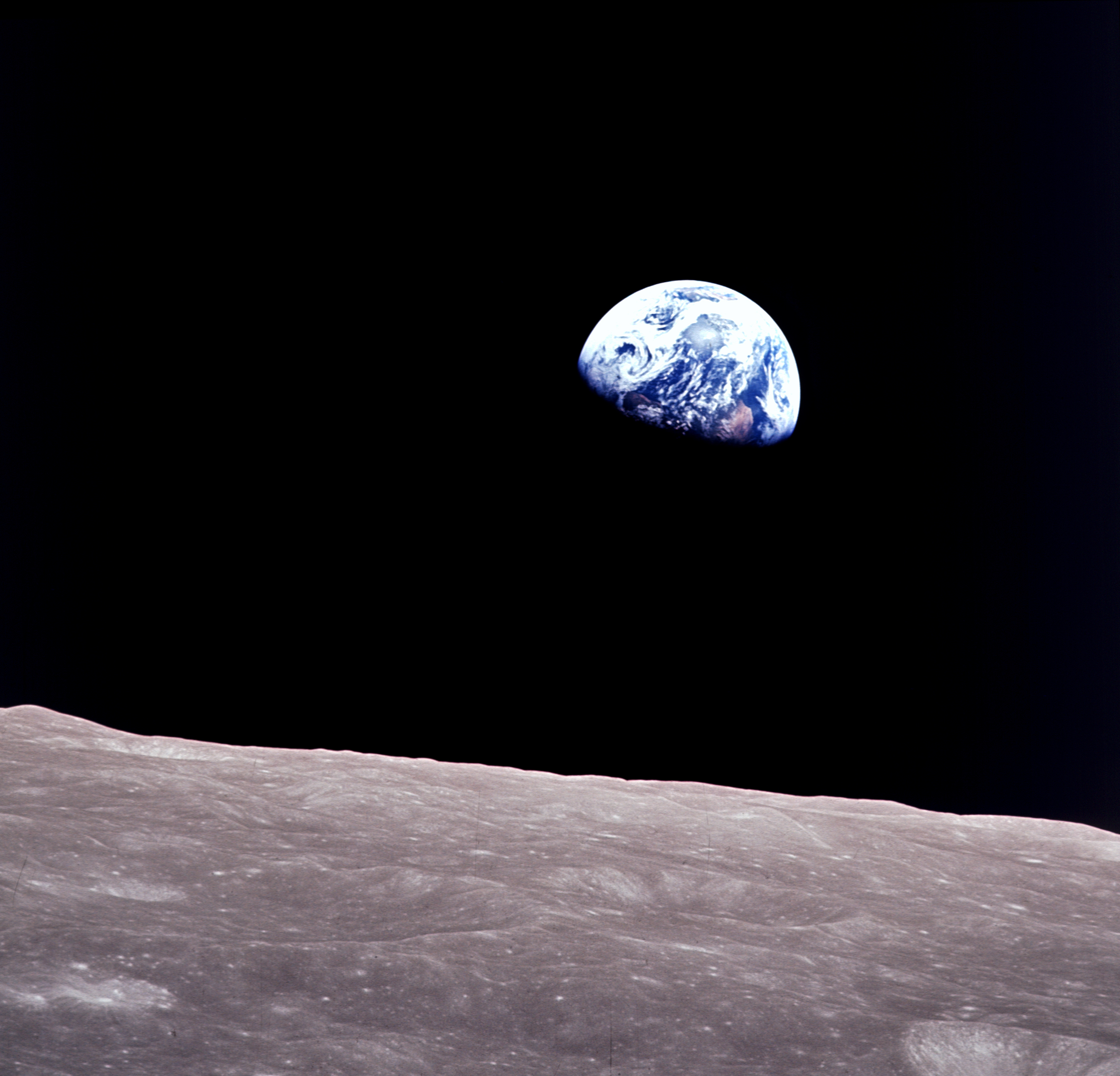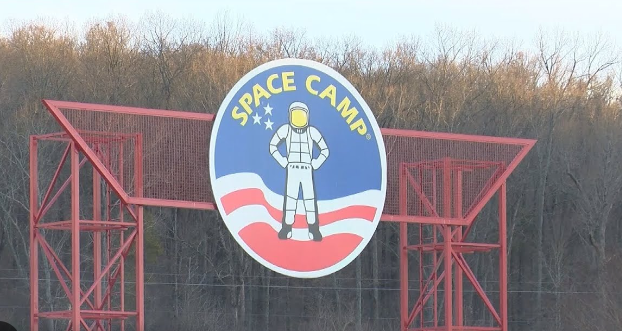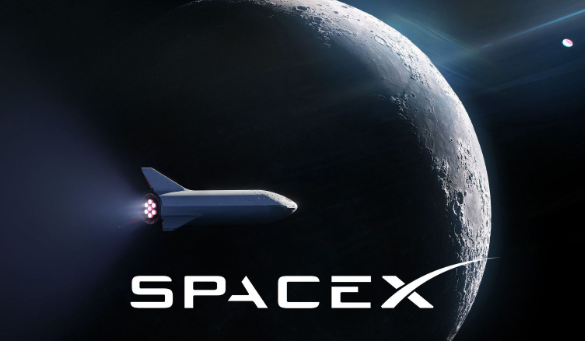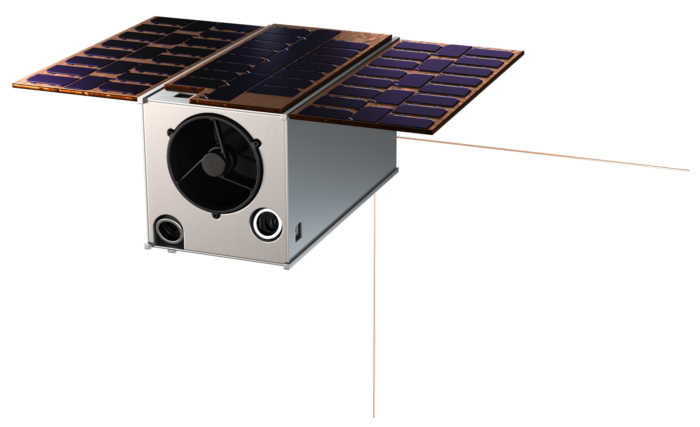On December 21, 1968, Apollo 8 launched atop the first manned Saturn V rocket to spend Christmas flying around the moon. The Apollo 8 mission crew, Frank Borman, Jim Lovell, and Bill Anders, entered into lunar orbit on 24th and splashed down back on Earth just after Christmas, on December 27th.
Apollo 8 was a successful mission and a very important one just months before humanity’s Moon landing. Borman, Lovell and Anders were the first humans ever to orbit the moon and see Earth from a different perspective. The pictures the Apollo 8 crew sent back to Earth included an earthrise over the moon and detailed images from the lunar far side.
Apollo 8’s Command and Service Module (CSM) was quite spacious compared to the preceding Mercury and Gemini missions. The latter saw astronauts confined to their seats, while the crew of Apollo 8 could float freely in microgravity, which is exactly how they spent Christmas Eve. Nonetheless, they were not merely far away from their loved ones on this special evening, but were about 400,000 km away from the planet everyone they’ve ever known lived on.
The astronauts were told that on that night, they would have the largest audience that had ever listened to a human voice. NASA instructed the crew members to do something appropriate for the occasion, so the trio decided to cite the first 10 verses of the book of Genesis.
The crew circled the moon 10 times on Christmas Eve, firing the engines on Christmas morning to leave lunar orbit. Lovell confirmed the engine burn’s success by famously saying “Roger, please be informed there is a Santa Claus.”
Space Race Climate
Apollo 8 was a rather rushed mission to beat the Soviet Union in the space race and also to fulfil President Kennedy’s promise, which was to land on the moon before the decade was over. The Apollo program’s first mission ended tragically, when crew members Gus Grissom, Ed White and Roger Chaffee died in a fire in the CSM six hours into a simulation. Apollo 2-6 were all unmanned missions, while Apollo 7 saw Wally Schirra, Donn Eisele, and Walter Cunningham orbiting Earth for 11 days under difficult circumstances. Schirra came down with a cold after launch and infected the other two crew members as well. They also ran out of tissues while carrying out their duties in microgravity and worst of all, the mission was broadcast live on television.
Further Apollo Missions
Apollo 9 went into Earth orbit, while Apollo 10 orbited Moon and came within 16 km of the lunar surface. It was the next mission, Apollo 11 that eventually landed Neil Armstrong, Buzz Aldrin and Michael Collins on the surface of our natural satellite in July 1969. Apollo 12, despite being struck by lightning twice during its launch, took astronauts back to the moon the same year. Apollo 13 suffered an explosion, causing the CSM to lose much of its air supply and the ability to generate power. The crew eventually made it back to earth safely and about 10 months later Apollo 14 successfully landed on the lunar surface. This was followed by Apollo 15 and 16 with the last Moon landing taking place in December 1972 by Apollo 17 crew members Harrison ‘Jack’ Schmitt, Gene Cernan and Ronald Evans.
Going back to the moon
Apollo 17 was the last mission to land on the moon in the 20th century, however, NASA has already flown the first of many future Artemis missions, aiming to establish a lunar presence and eventually further these missions to deep space exploration. Artemis I was an unmanned mission that launched in November this year, to go on 25.5-day space trip, approximately 64,000 km beyond the moon before returning to Earth. Artemis II will take astronauts back into lunar orbit before Artemis III’s crewed Moon landing planned for 2025.
Featured image: Taken aboard Apollo 8 by Bill Anders, this iconic picture shows Earth peeking out from beyond the lunar surface as the first crewed spacecraft circumnavigated the Moon, with astronauts Anders, Frank Borman, and Jim Lovell aboard. Credit: NASA
If you found this article to be informative, you can explore more current space news, exclusives, interviews and podcasts here.
Share this article:






